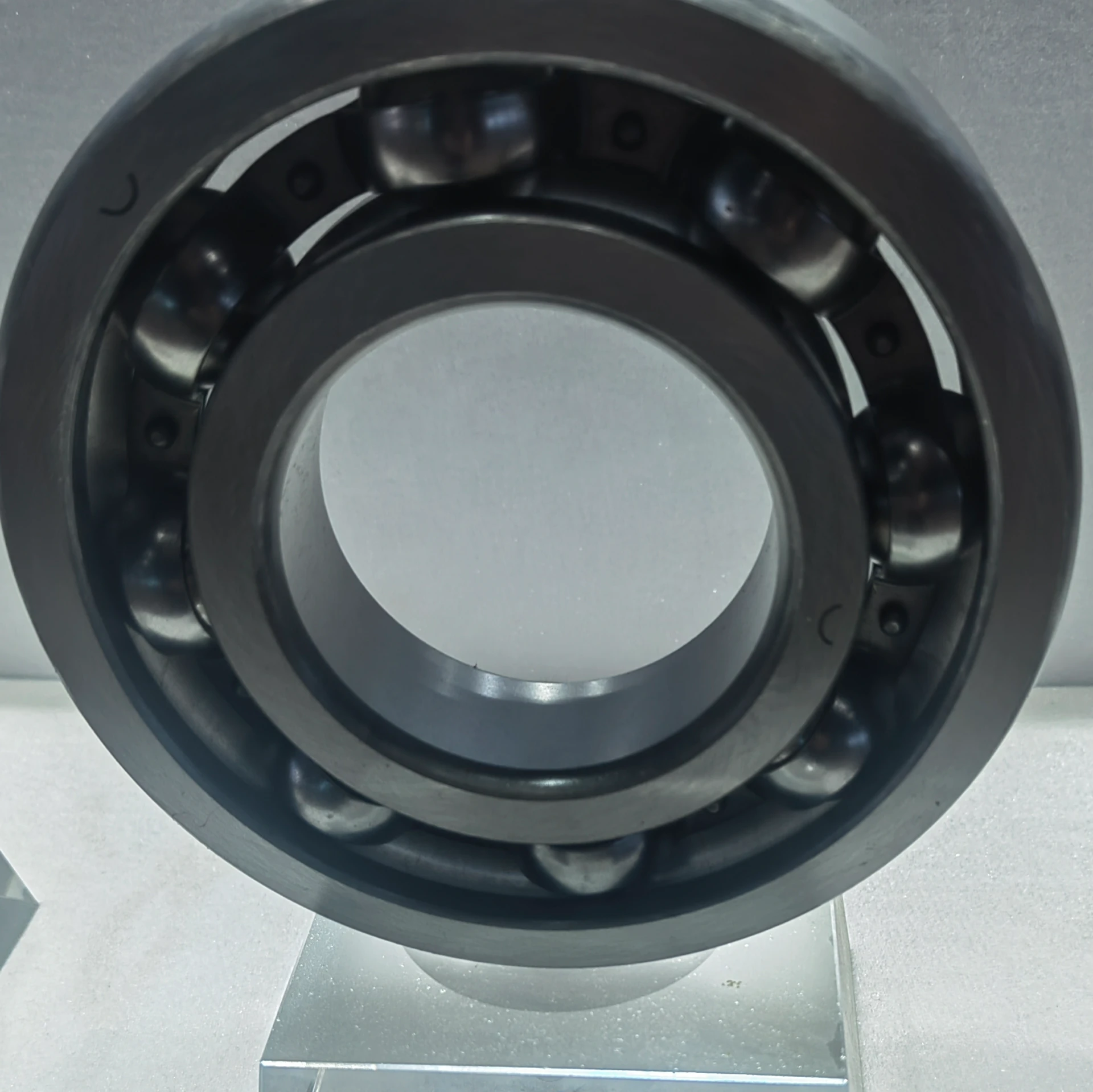
Dec . 02, 2024 03:20 Back to list
6210 ball bearing
The Evolution and Importance of 6210 Ball Bearings
Ball bearings are crucial components in numerous machines and devices we use daily. Among the most reliable and widely utilized types is the 6210 ball bearing. This article explores the history, functionality, applications, and advantages of 6210 ball bearings, highlighting why they are a popular choice for various mechanical systems.
The Historical Development of Ball Bearings
The concept of ball bearings dates back to ancient civilizations, with early examples found in the designs of chariots and other rudimentary vehicles. However, the modern ball bearing as we know it began to take shape in the mid-19th century, thanks to the pioneering work of inventors like Philippe de Senechal and Henry Timken. These advancements allowed for smoother, more efficient rotational motion by reducing friction between moving parts.
The 6210 ball bearing is characterized by its dimensions, typically a bore size of 50mm, an outer diameter of 90mm, and a width of 20mm. This specific size classification is part of the standard numbering system established by the International Organization for Standardization (ISO) and is widely adopted in the industry.
Functionality and Design
The primary function of a 6210 ball bearing is to facilitate the smooth rotation of parts while supporting radial and axial loads. The design incorporates steel balls positioned between an inner and outer race, creating a low-friction surface for rotation. This design minimizes wear and extends the lifespan of machinery components. Additionally, the seals at either end of the bearing prevent the ingress of dirt and moisture, which can compromise performance and durability.
The installation of a 6210 ball bearing is relatively straightforward, making it an accessible option for both manufacturers and DIY enthusiasts. Its versatility allows it to be found in various machines, from household appliances to industrial equipment.
Applications in Everyday Life
6210 ball bearing

The applications of the 6210 ball bearing are vast and diverse. In the automotive industry, these bearings are found in wheel hubs, transmissions, and electric motors. Their capacity to handle high radial loads while maintaining a low profile makes them ideal for automotive applications where space is limited.
In the realm of industrial machinery, 6210 ball bearings are common in conveyor systems, pumps, and gearboxes. The durability and reliability of these bearings ensure that machinery operates efficiently, reducing downtime and maintenance costs.
Moreover, they are also used in consumer electronics, such as fans and hard drives. The quiet and smooth operation of these devices is heavily reliant on high-quality ball bearings, including the 6210 model.
Advantages of Using 6210 Ball Bearings
One of the primary advantages of using 6210 ball bearings is their cost-effectiveness. Given their widespread availability and standardized design, these bearings are often more affordable than other specialized bearings. This makes them an attractive option for manufacturers looking to balance performance and production costs.
Moreover, the 6210 ball bearing is known for its low friction and high load capacity, which contribute to enhanced efficiency in machines. This efficiency translates into energy savings and increased productivity, making it a valuable component in both industrial and consumer applications.
Conclusion
The 6210 ball bearing exemplifies the advancements in mechanical engineering and design. Its reliability, versatility, and ease of use make it an invaluable component in countless applications. As technology continues to evolve, ball bearings like the 6210 will remain essential for ensuring the efficiency and longevity of machinery in various fields. Whether in automotive, industrial, or consumer applications, the role of these bearings in facilitating smooth, efficient motion cannot be overstated. The future of mechanical design undoubtedly hinges on improvements in bearing technology, and the 6210 ball bearing is a prime example of what is possible.
Latest news
-
Premium Deep Groove Ball Bearings | High Speed & Reliability
NewsAug.29,2025
-
Durable Scaffolding Clamps - Secure & Reliable Tube Connectors
NewsAug.28,2025
-
Common Failures in Thrust Ball Bearings and Solutions
NewsAug.22,2025
-
How Tapered Roller Bearings Can Take Shock Loads
NewsAug.22,2025
-
Angular Bearings in High-Precision Spindles
NewsAug.22,2025
-
The Impact of Misalignment on Cylindrical Roller Bearing Performance
NewsAug.22,2025
